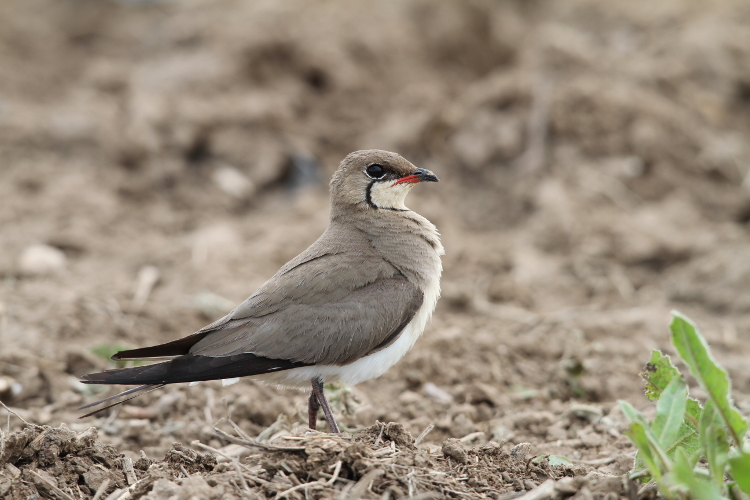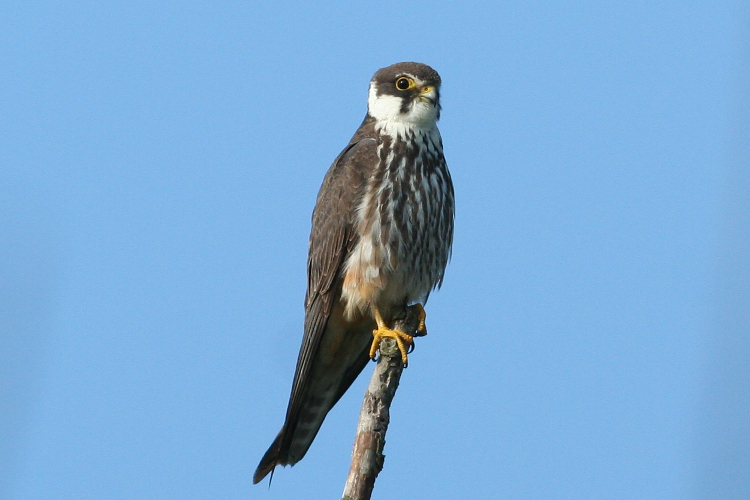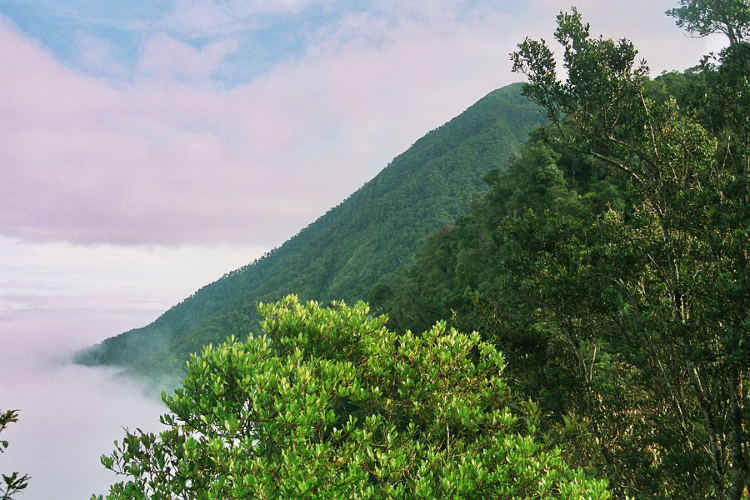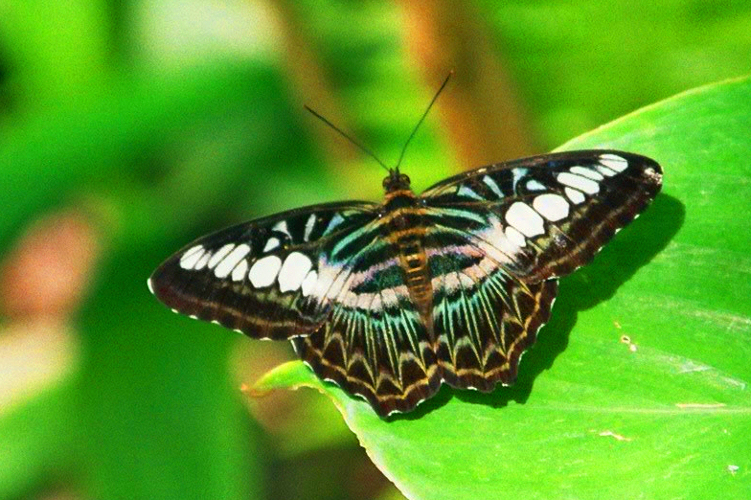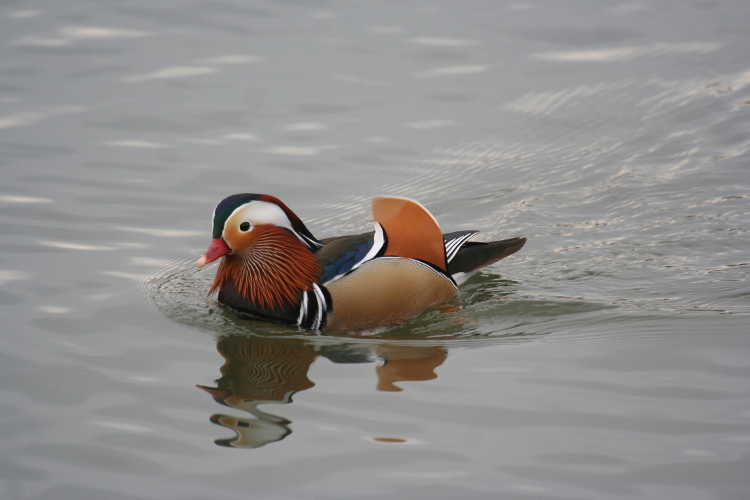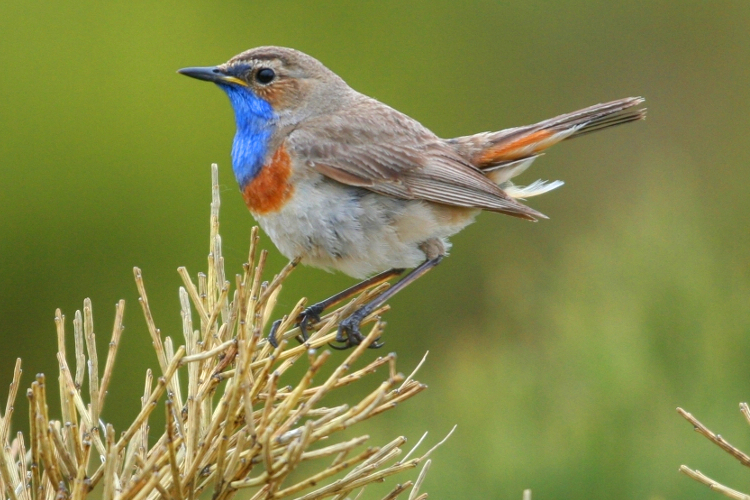LINKS





Ayuwat Jearwattanakanok's photo gallery
ouessant-digiscoping
Montier's photo-festival
Mike Watson's blog-page on birds
IOC World bird list
Birds of the World
www.wikiaves.com
orientalbirdclub
www.ornitho.lu
www.ornitho.fr
www.ornitho.ch
Guislain Simard's macro-photo
jewel-beetles
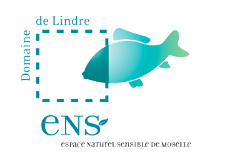





NEW FROM SPAIN, SPRING 2019: ANDALUCIA, LAGUNA MEDINA & BRAZO DEL ESTE - GIBRALTAR - RETURN TO MONFRAGUE
After did a quite short visit of the Ebro Delta in Catalonia, I moved towards the province of Andalucia, south of Spain; Andalucia is home for several rare animal species, as well birds than mammals and others; this region owns many reserves or other places favoured by birdwatchers; but andalucians doesn't seems to be very enthousiasts on this matter if we consider people aren't numerous in natural parks; never mind! At least, the calm is at the rendez-vous and reserves are extremely well preserved and clean: many thanks on spanish autorities! I started by visiting the reserve of Laguna Medina, located about ten kilometers east from Jerez de la Frontera, the site comprises a trail which skirts the principal pond as well as an observatory made of wood.
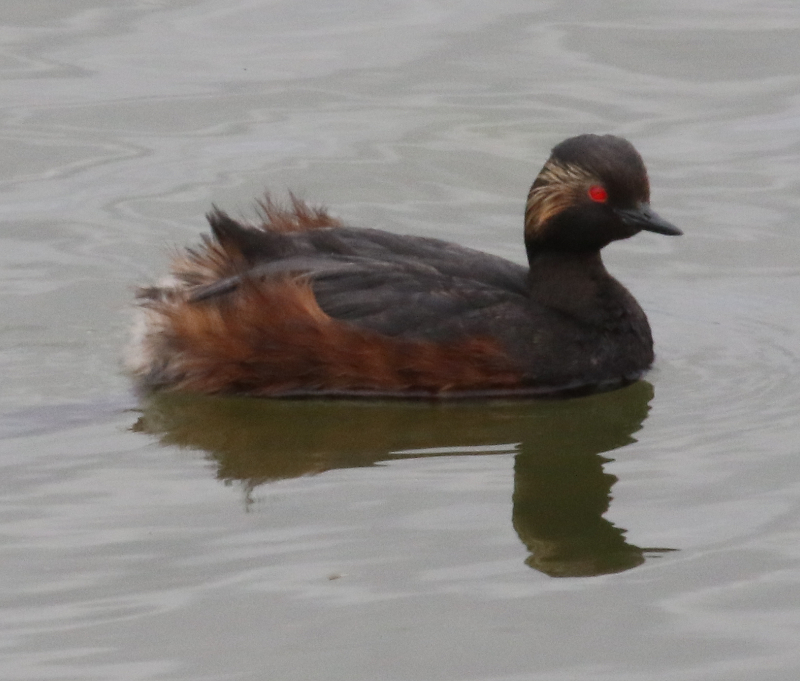
black-necked grebe
I was lucky for the two days of visit because the multitude of water birds was considerable: coots, grebes, ducks, purple swamphen and pink flamingo were on rendez-vous. Among many ducks several red-crested and common pochards were present, but the greatest interest were undoubtly presence of several couples of white-headed ducks; this species is rather widespread (but in a fragmented area) from south Spain and Morocco to the Central Asia, it is nevertheless regarded as 'endangered', apparently population quotas crashed dramatically in many regions; in Spain and Morroco, populations remains very localised.
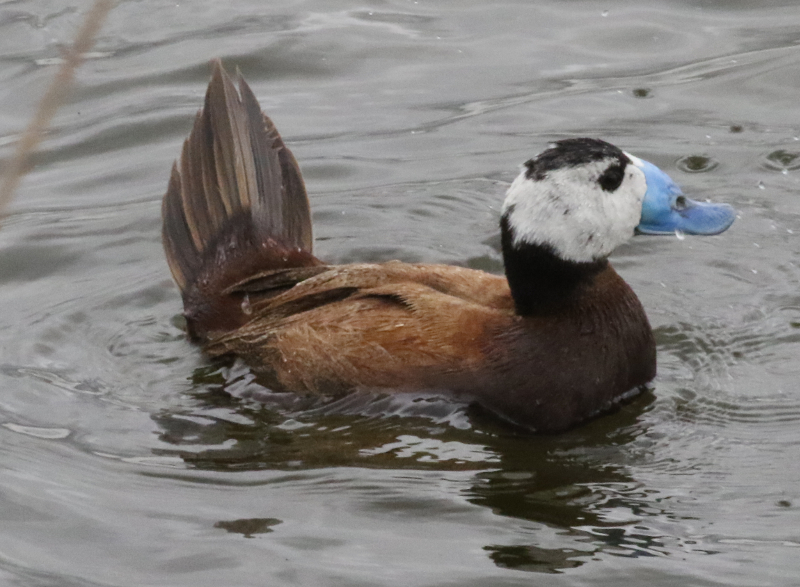
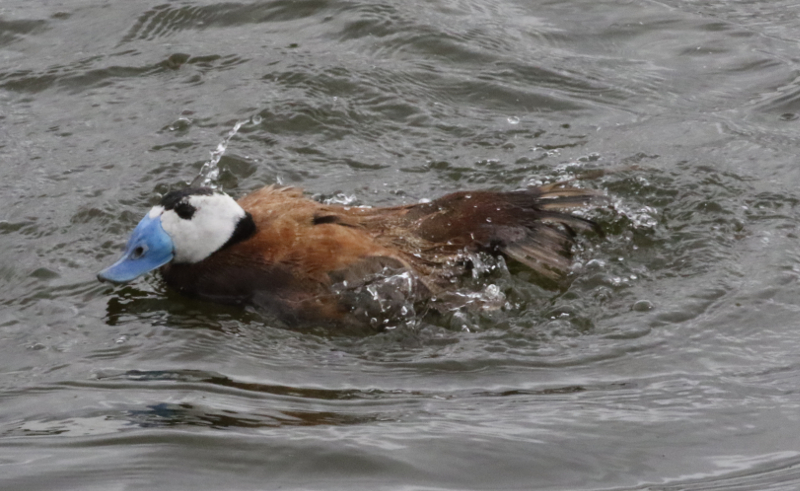
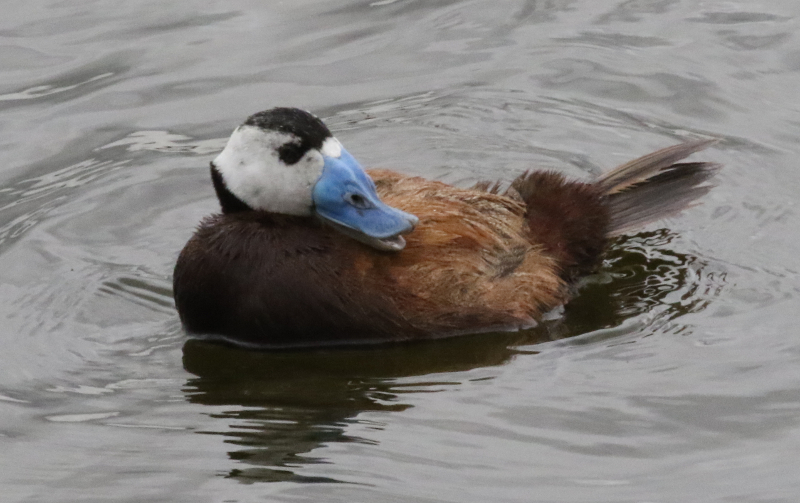
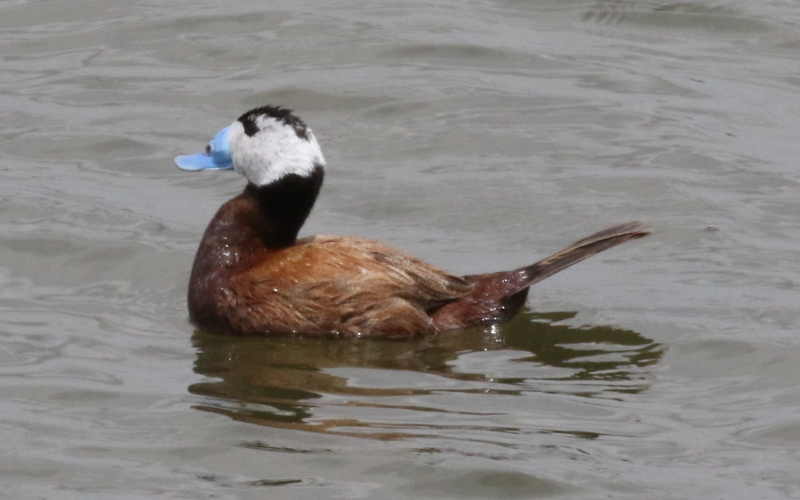
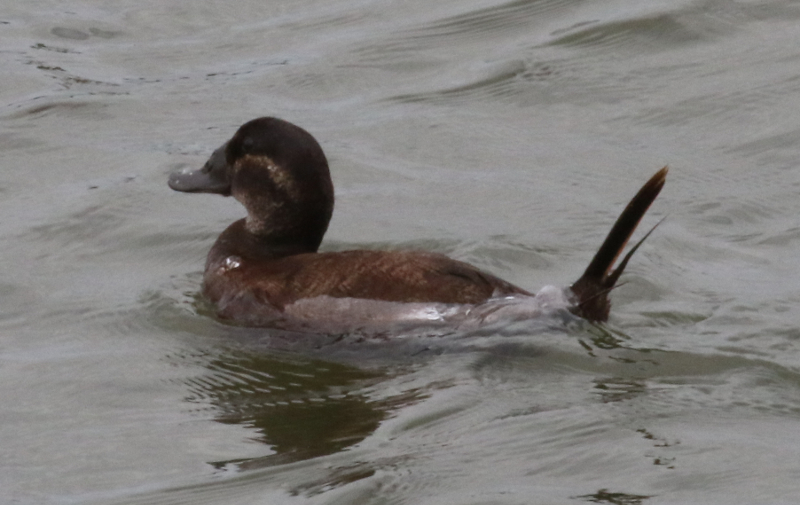
white-headed duck
The crested, little and black-necked grebes were also present on the pond; the black coot were particularly numerous at this period but I could not distinguish any crested one; in theory, this African species can be seen in Laguna Medina among the other coots, but it remains extremely rare in Spain. Don't expect to seek the marbled teal because this rare species and in serious decline these last years is obviously absent from all the reserve.
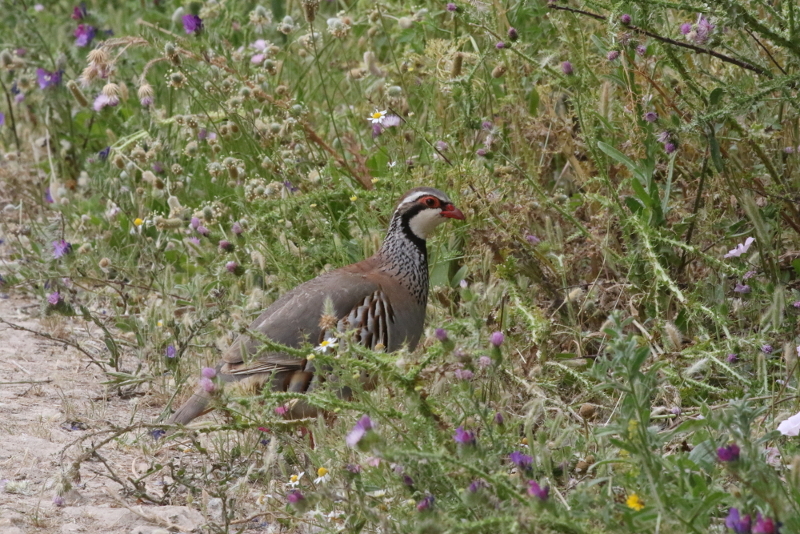
red-legged partridge

stonechat
Many finches are also present at Laguna Medina, in addition to the usual fringilles, the zitting cisticola, the plain and great reed-warblers, melodious warbler and the nightingales are constantly heard at this period; let's note also the presence of western-olivaceous warbler, considered by the past as same than olivaceous warbler but recently separated and established as a distinct specie from eastern-olivaceous warbler.
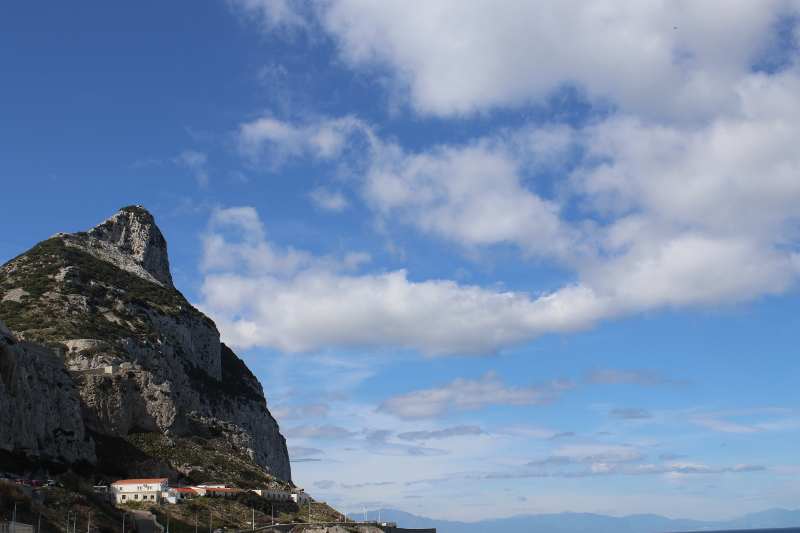
I made a few times later a hook by the Rock of Gibraltar, just to see me that this place is not of great interest for the observation of the birds; the rock even attracts to him many marine birds, seagulls and others as some raptors but this doesn't goes very much further; do not hope too much to see the gambra partridge, this species was recently introduced (300 imported individuals mainly of Morocco) but its population is very limited and one does not see a place really favorable to his presence.
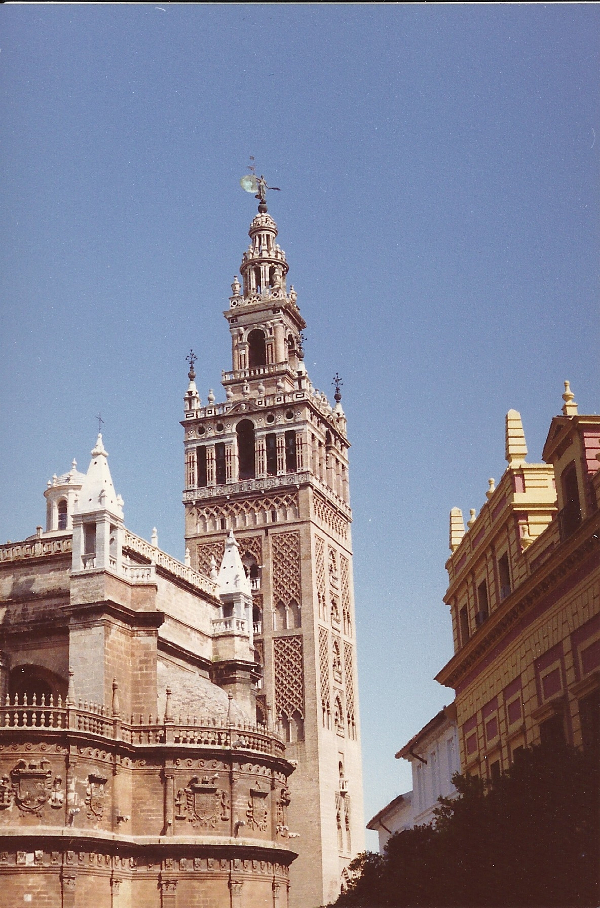
I moved then more to north towards the reserve of Brazo del Este, located approximatively twenty kilometers from Seville; Brazo del Este is in fact a dead arm of Guadalquivir river.
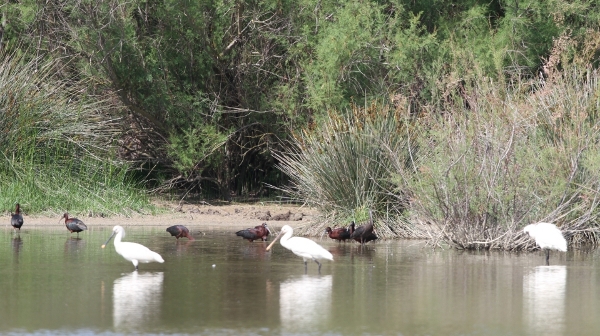
I already visited this place in 2012, the access is done by a very loosed gravel road, and one can note on arrival which the place is rather wild but its surface tends more and more to be reduced under the pressure of the around agriculture. Nevertheless, the heart of the reserve is home of a wide number of water birds but also many passerines like the zitting cisticola, reed-warblers but also two species of weavers from Africa.
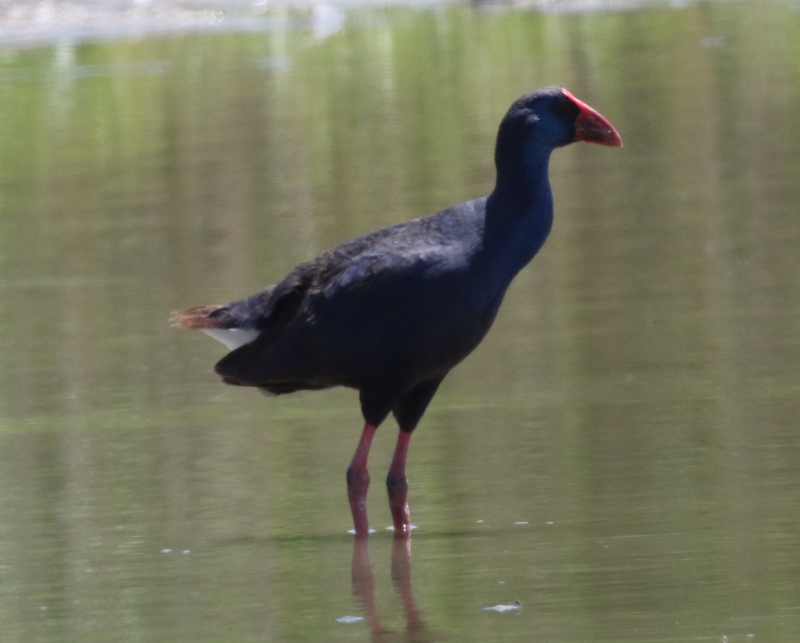
purple swamphen
The purple swamphen, moorhen, stilts, sandipers, the white spoonbill, the pink flamingos, and the glossy ibis are very common there. After having left the south of Spain, I moved more to north towards the provice of Extremadura where the park of Monfragüe is localised, this is the most spectacular natural park of the Iberian peninsula (and probably one of the greatest in Europe). For the morning, I stayed at the portillo del Tietar, I know that the imperial eagle is regular at this place; I was not disappointed: an individual male was staying around 10:30 at the top of cliff just in front of me, carrying out from time to time his usual round.
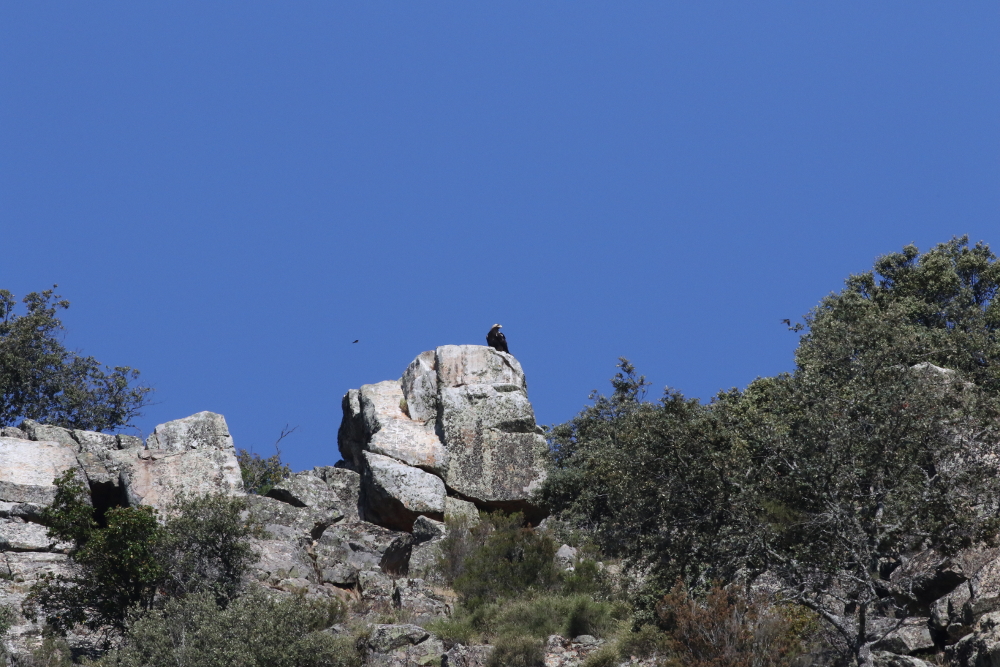
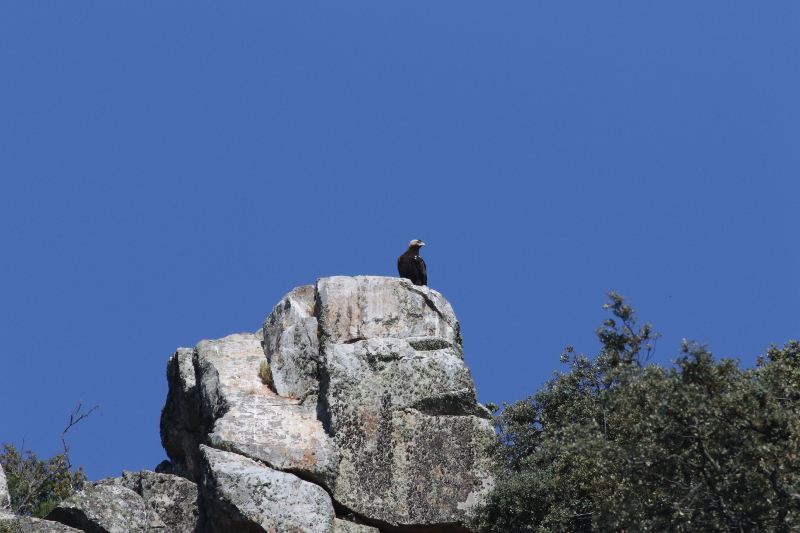
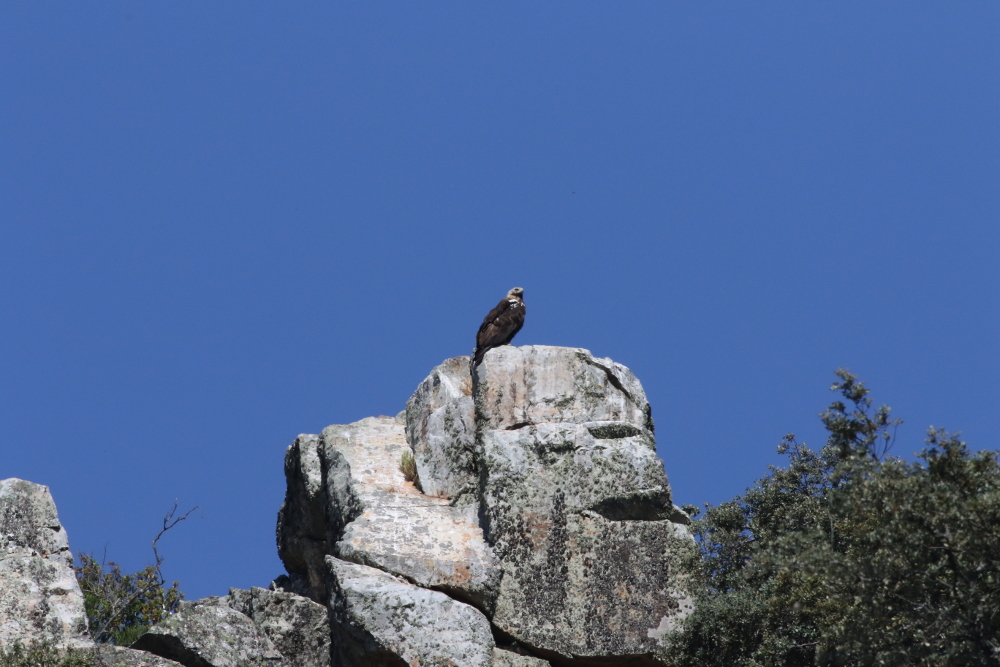
iberian imperial eagle
The imperial eagle is easily recognizable with its white shoulders and its sandy colored neck; it is a cousin of the golden eagle, also present in the reserve. Imperian eagle is present exclusively in Spain and his overall population may not exceed several hundred individuals; at the time I write these lines, it's said situation progress but of course the status of this raptor remains vulnerable. In evening, I moved to the salto del Gitano, very favoured by amateurs because of the spectacular height of the cliff which forms a “peak”; the black stork was faithful to the post, several individuals could be observed.
black stork
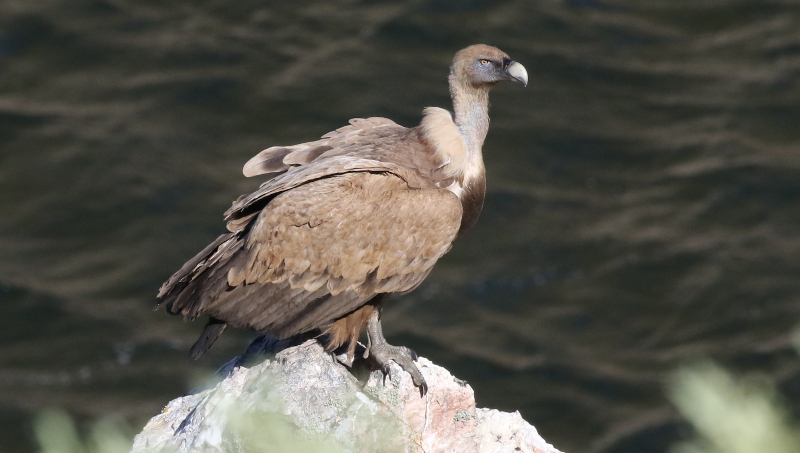
african vulture
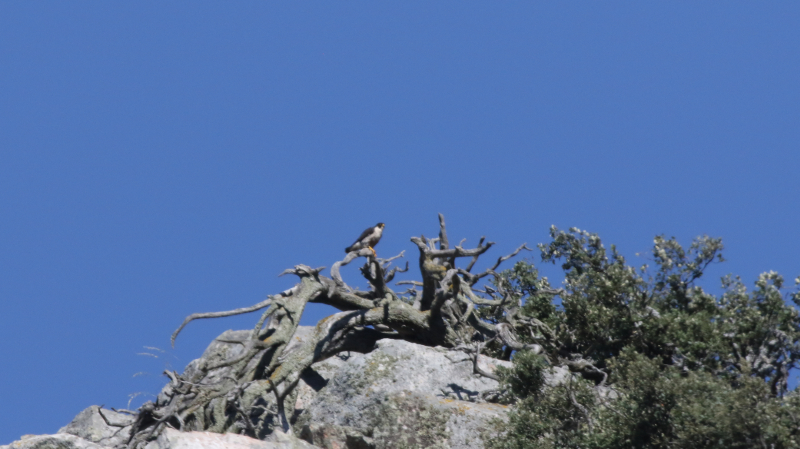
The peregrine falcon can also be seen at the top of cliffs; an individual was posed at the top of the “peak”, I obtained a photo-shot from him (but not best quality) by using a doubleur. The vultures and black kite were also on rendez-vous; among the usual passerines who are present on the rock blocks let's note the blue rock-trush, the european serin, the red-rumped swallows, eurasian craig-martin and and the singing bunting.
